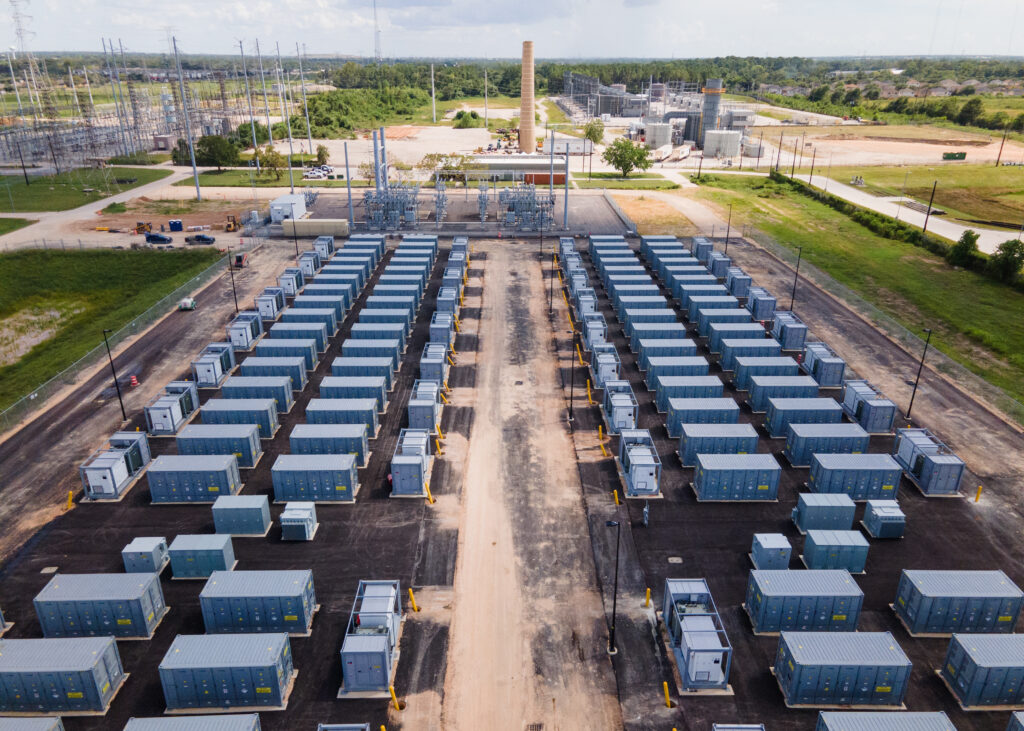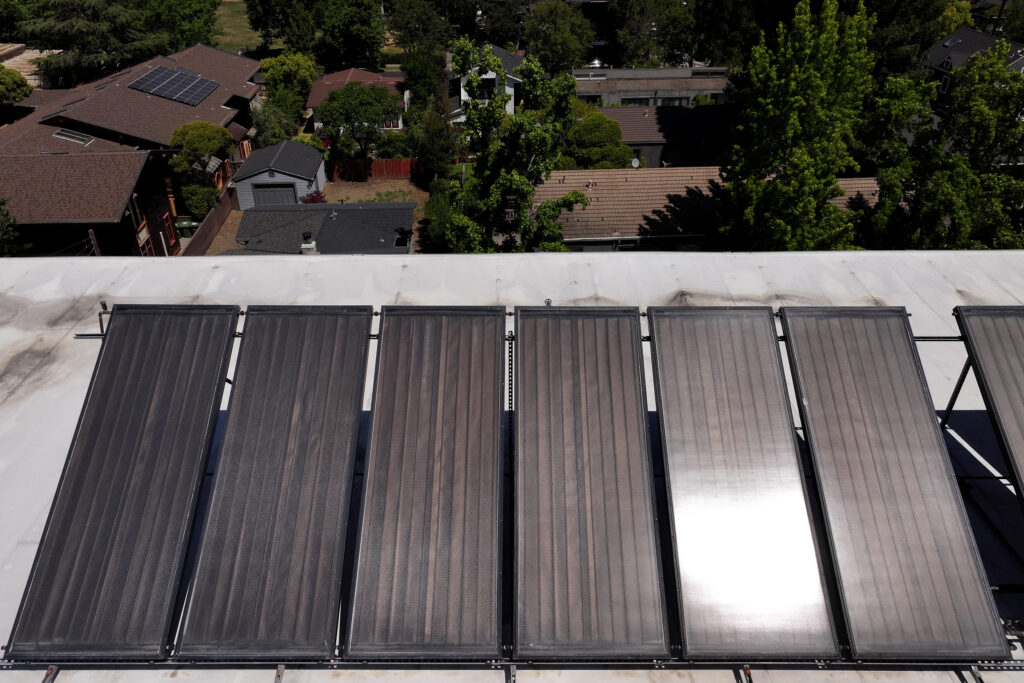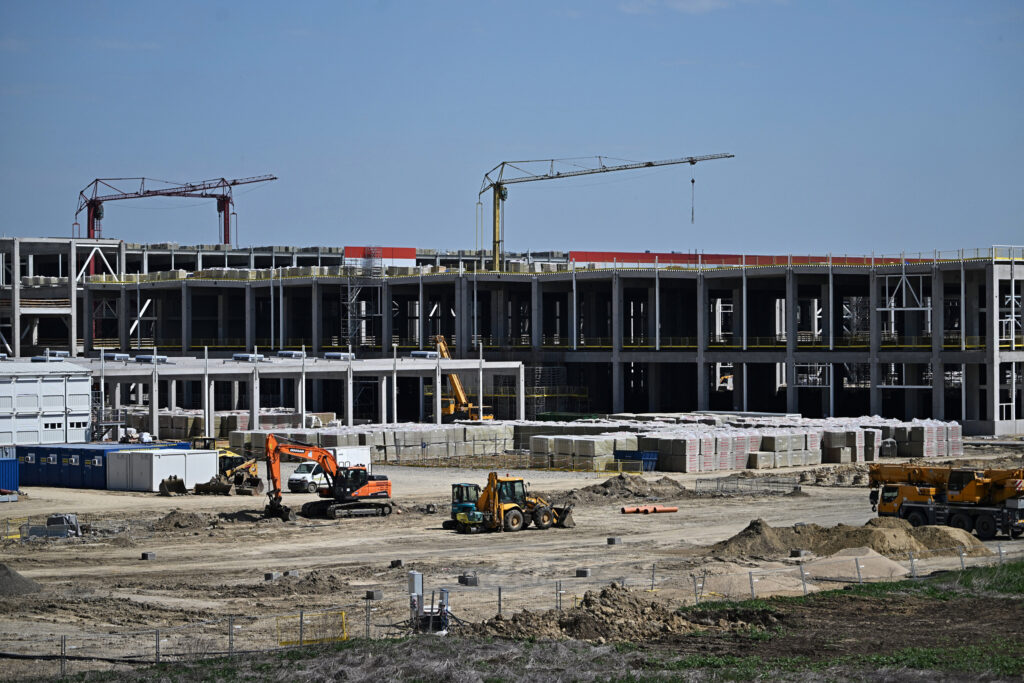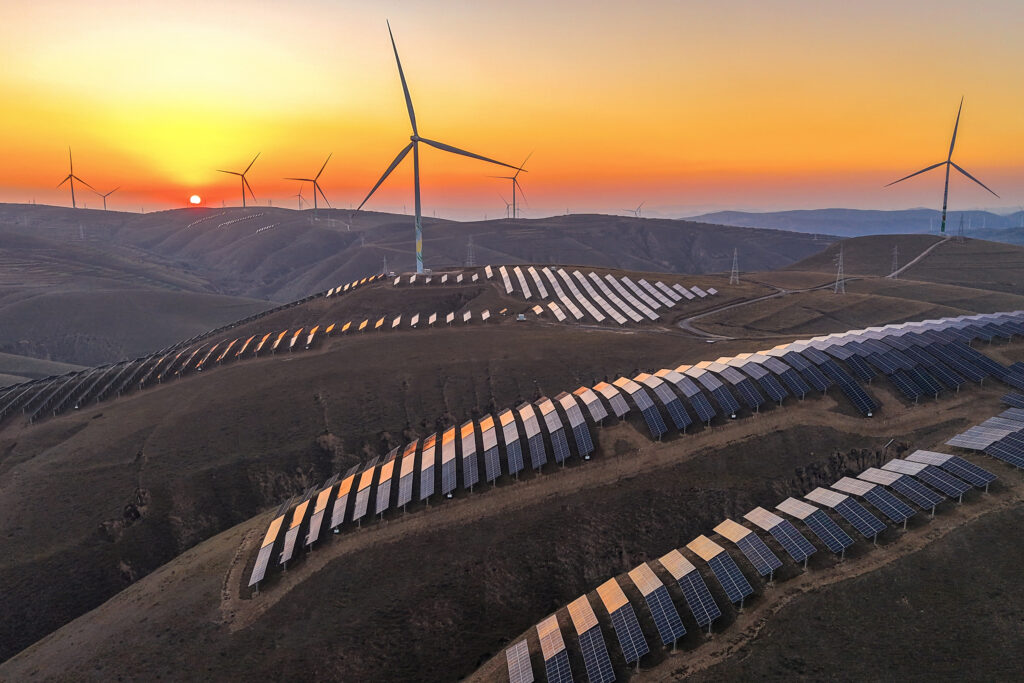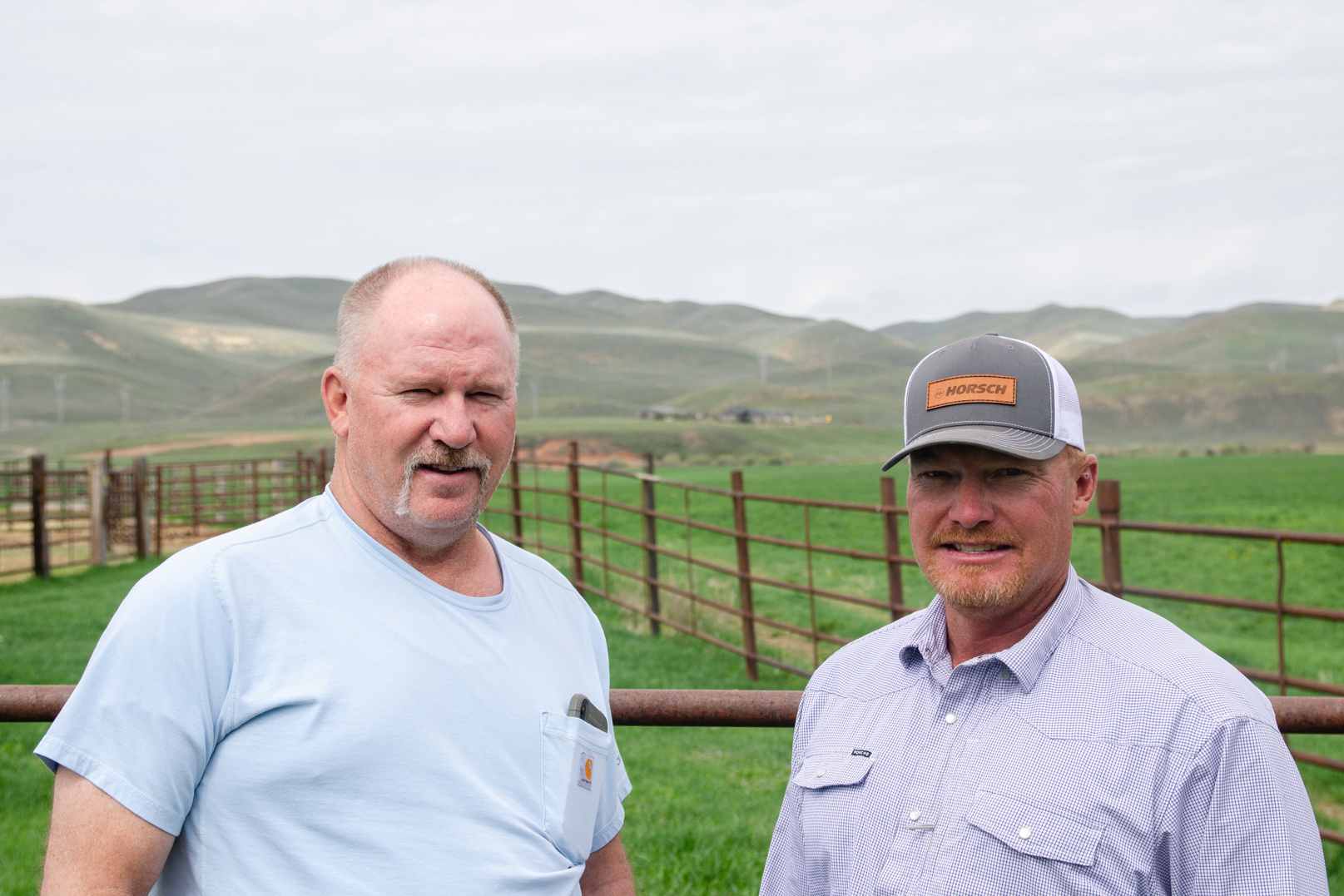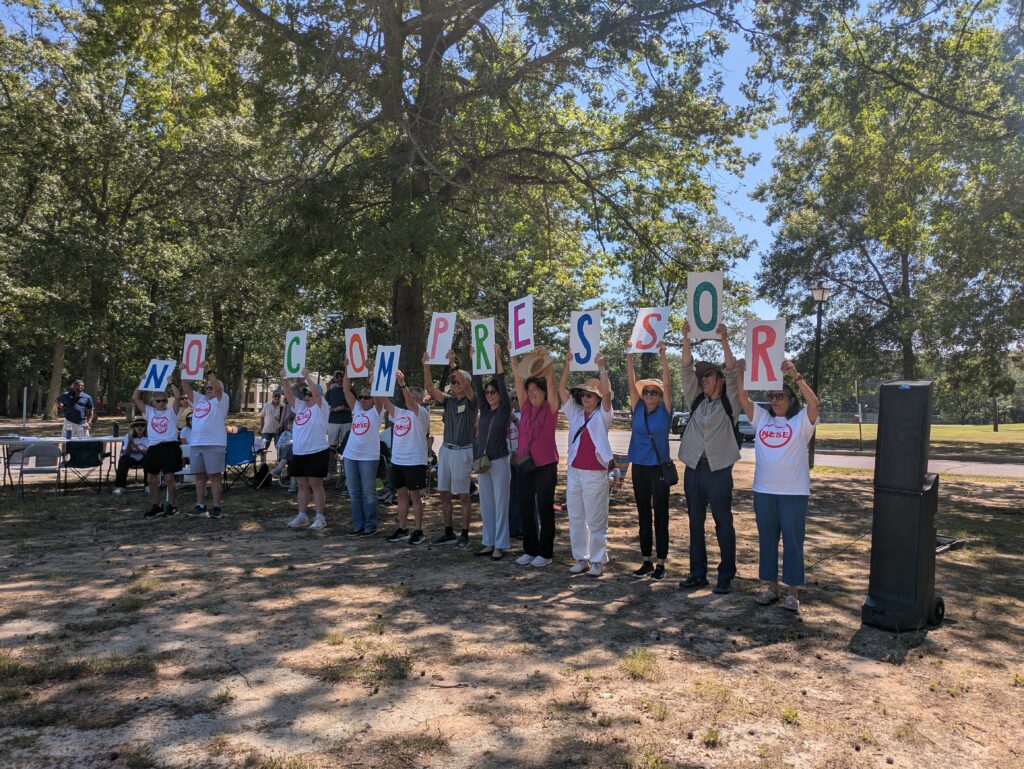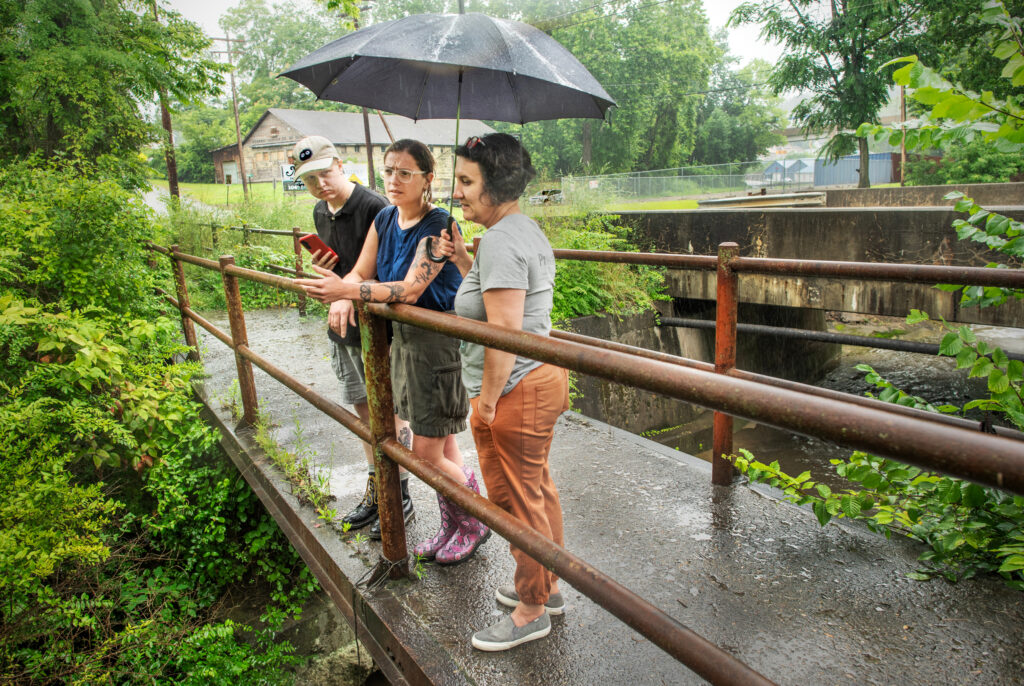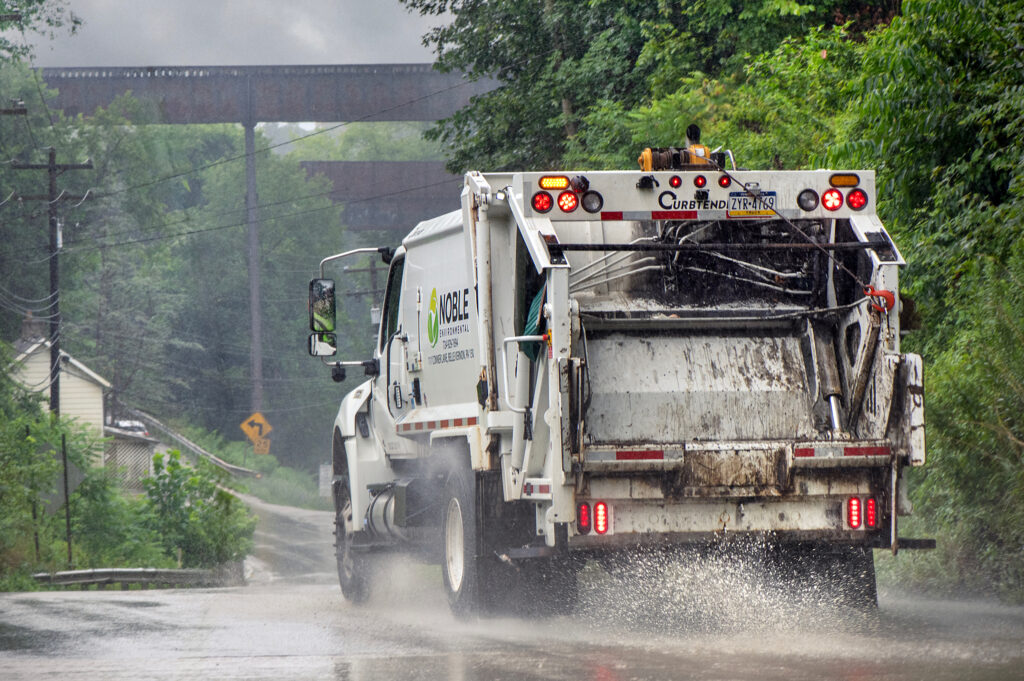The election of Donald Trump in November prompted familiar conversations about how states would need to take up the mantle of moving the country forward on renewable energy, electric transportation and related issues.
But 2025 is not like 2017, when Trump first took office and vowed to boost fossil fuels.
In the eight intervening years, most of the states with the political will to pass major clean energy legislation have already done so. Now they are focusing on the granular and challenging process of implementation.
Also, the markets for renewable energy and EVs are more mature than before, which leaves states to focus as much on managing growth as they would on nurturing emerging technologies.
And energy demand and costs are rising to an extent that they weren’t in 2017, which affects just about every discussion of energy policy. Much of the demand growth is coming from data centers.
I spoke with policy experts, clean energy advocates and analysts to get an idea of what to watch for in 2025 on the state level. Here is some of what they told me, plus my own observations.
No New Democratic Trifectas
In previous years, the states most likely to make substantial progress on renewable energy were often the ones in which Democrats had just gained trifectas, meaning they controlled both houses of the legislature and the governor’s office.
But Democrats gained no new trifectas in 2024, and they lost this status in Michigan and Minnesota by losing seats in legislative chambers. This reduces the opportunity for substantial actions, considering that states under Republican or mixed control are less likely to pass major clean energy legislation.
Today, the country has 15 Democratic trifectas, 23 Republican trifectas and 12 divided governments, according to Ballotpedia.
Looking for New Members of the 100 Percent Club
Thirteen states have requirements to move to 100 percent carbon-free or renewable electricity by 2050 or sooner, and another two states have goals as opposed to requirements.
Vermont is the newest member of the club, with a bill that became law last year when the Democrats who control the Legislature overrode the veto of the Republican governor.

New Jersey “would be one of the next ones in line” to pass such a law, said Autumn Proudlove, managing director for policy and markets at the NC Clean Energy Technology Center at North Carolina State University.
New Jersey Gov. Phil Murphy issued an executive order in 2023 calling for the state to get 100 percent of its electricity from carbon-free sources by 2035. But an executive order can be undone by a future governor and doesn’t have as much durability as a law. (Several other states have clean energy executive orders, including Louisiana and Wisconsin, as shown in this useful rundown from the Clean Energy States Alliance.)
So what is on Murphy’s agenda this year?
“The Governor is committed to achieving 100 percent clean electricity by 2035, including the codification of the goal into law,” said Stella Porter, a spokeswoman for Murphy.
He doesn’t have much time. Due to term limits, he can’t run for re-election this November, and he will leave office next January.
Another state to watch is Maryland, which passed a measure in 2022 setting a net-zero emissions goal for 2045, but doesn’t have a requirement or goal that specifically deals with the electricity system.
Colorado, Delaware, New Jersey and Maryland are the only states with Democratic trifectas that have not passed “100 percent” laws with requirements or goals. However, Colorado has a law that requires its largest utility, Xcel Energy, to shift to carbon-free electricity by 2050.
California Will Be Busy and Chaotic
With a 2018 law, California was one of the first states to require a transition to 100 percent carbon-free energy.
Now the state is deep in the process of making the transition. California needs to find ways to ease permitting of renewable energy projects, and it needs to strengthen the grid.
“California will continue to be a hotbed of activity,” said Bernadette Del Chiaro, executive director of the California Solar & Storage Association.
Her organization’s members include rooftop solar companies whose people remain upset about state rules that took effect last year, reducing some of the financial benefits of owning solar. Company officials say the rules have done damage to their industry, undermining the state’s ability to meet its climate and energy goals. The industry is pushing for legislative or regulatory action to address those concerns.
Another topic likely to be on the agenda is the Pathways Initiative, a partnership between California and other Western states that would create a regional electricity market that is larger than what now exists. A larger market may expand opportunities for developing renewable energy projects.
The California State Legislature could take action to move this process forward, said Amisha Rai, senior vice president for advocacy for Advanced Energy United, a clean energy trade group.
“There has been a significant effort to get key stakeholders and states on the same page around what is needed to support the Western grid,” she said.
California has some of the highest electricity prices in the country, which is likely to be part of the conversation for any changes in energy policy. Lawmakers will need to talk about how any actions will affect beleaguered ratepayers.
The state is poised to lead the opposition to Trump’s energy agenda, in the form of new proposals and a defense of rules or laws that already exist. For example, the Trump administration is likely to fight the state’s ability to set its own standards for tailpipe emissions.
Gov. Gavin Newsom may run for president in 2028 and will not shrink from opportunities to show contrast with Trump.
Texas, Texas, Texas
When asked which states to watch closely in 2025, Rai said, “Texas, Texas, Texas.”
Her organization views Texas as ripe with opportunity, positive and negative.
On one hand, the state is the national leader in electricity generation from renewable sources, and its renewable energy economy is growing at a rapid pace. On the other hand, fossil fuel companies are a strong political force and they may flex their muscles in the 2025 legislative session to try to limit growth in renewable energy.
Texas has a Republican trifecta, and many of its leaders have deep ties to the oil and gas industry.
But Rai said she has been encouraged by conversations with Texas lawmakers from both parties. She thinks renewable energy has been a big business in Texas for long enough that there is growing awareness of its economic benefits and its value in making the grid more reliable.
Doug Lewin, author of the The Texas Energy and Power Newsletter and an energy policy consultant, said this session is unusual in its combination of high stakes and a lack of strong indicators of the outcome.
“It’s always uncertain heading into a legislative session, and this one is particularly uncertain,” he said.
This story is funded by readers like you.
Our nonprofit newsroom provides award-winning climate coverage free of charge and advertising. We rely on donations from readers like you to keep going. Please donate now to support our work.
Donate Now
One reason for the hazy outlook is that House Republicans haven’t yet selected a speaker, and that person will play a major role in determining which bills move forward. The speaker will need to help officiate interest group politics in which many people in the oil and gas industry want to take punitive action on renewables. Several bills would increase restrictions on where renewable energy and battery storage systems can be built.
Lewin is hopeful that lawmakers will understand that the state shouldn’t impede solar and energy storage at a time of rising demand for electricity.
“The Legislature could unwittingly be causing major grid problems by slowing down solar and storage,” he said.
He would like to see a bipartisan majority emerge that wants Texas to lean into its status as a renewable energy leader, and recognize that solar power can be an essential part of an affordable and reliable electricity supply. But he’s not ready to predict that it will happen this year.
Looking for Follow-Through in Massachusetts and New York
In New England, Massachusetts has been a pacesetter in the shift away from fossil fuels. The most recent example is a bill Gov. Maura Healey signed in November that accelerates deployment of carbon-free electricity, including revisions to the process for issuing permits to energy projects.
The state also is a leader in reducing the use of fossil fuels in buildings, a process that stems from a 2023 ruling by the Massachusetts Department of Public Utilities.


Most of the next steps involve implementation as regulators, utility companies and others figure out how to do the things specified in laws and regulatory orders.
The work in Massachusetts takes on added significance because of the way New England states tend to pick up policy ideas from each other.
“I can tell you, as an advocate in this region, we’re looking to the outcomes in Massachusetts on these fronts for replicability in other states,” said Greg Cunningham, vice president for clean energy and climate change at the Conservation Law Foundation, a nonprofit that is active throughout New England.
New York also is working to follow through on major legislation and regulatory actions of recent years.
One example is the Grid of the Future case before the New York Department of Public Service, launched last year by Gov. Kathy Hochul.
This process seeks to make the grid cleaner and more reliable, and is one of the notable regulatory cases in the country related to the energy transition, said Proudlove of the NC Clean Energy Technology Center. So far, the effort has included a survey of the people and companies who do work related to the grid, and a consultant’s report about what can be done to make the grid more flexible.
Unfinished Business in Illinois
Illinois lawmakers are talking about the need to modernize the electricity grid and reduce emissions from buildings.
But if we take a step back, much of the activity in Illinois is related to implementing the landmark 2021 energy law that set a 2050 target for getting to 100 percent carbon-free electricity, and also has timetables for phasing out electricity from fossil fuels.
The Sierra Club has a “large to-do list” for the spring 2025 legislative session, according to Christine Nannicelli, Illinois senior campaign representative for the environmental group. Illinois is dealing with issues familiar in many states, such as high electricity prices, difficulty building transmission lines to bolster the grid and concerns about how the growth of data centers will affect electricity prices and reliability for other consumers.
Environmental advocates helped to draft policy proposals to address those problems, part of a measure that backers call the Clean and Reliable Grid Act. It didn’t pass in 2024, but advocates have high hopes that some version will become law in 2025.
One factor that may help is the political ambition of Illinois’ governor, JB Pritzker. He, too, is a potential presidential candidate in 2028, which puts pressure on him and the legislature to take actions that would build a case for national office.
What I don’t see in Illinois or any other state is a blockbuster proposal that would represent a big increase in ambition. That may be disappointing, especially considering the likelihood that the new president will undo progress at the federal level. But 2025 looks like a year in which clean energy advocates will take their wins—even small ones—wherever they can get them.
Other stories about the energy transition to take note of this week:
Trump Promises to End New Wind Farms: President-elect Trump still has an antipathy for wind farms and said this week that he won’t allow them to be built once he takes office, as Lisa Friedman and Brad Plumer report for The New York Times. It’s not clear how he would carry out this pledge, which would stop the growth of an affordable and plentiful form of energy.
Pentagon to Blacklist China’s Largest EV Battery and Tech Firms: The U.S. Department of Defense has indicated that it will ban the purchase of EV batteries made by CATL, the China-based company that is the world’s largest battery manufacturer, through defense contracts. The plan also includes other firms that defense officials have deemed to be operating on behalf of China or contributing to China’s military buildup, as Ellen Nakashima and Cate Cadell report for The Washington Post. The action, which would take effect in June 2026, only applies to defense contracts, but it sends a signal to other U.S. businesses. Tesla is among the companies that buys batteries from CATL.
The U.S. Clean Energy Manufacturing Revolution Is Real: The country has made substantial gains in building solar panels and EV batteries, as Julian Spector reports for Canary Media. But the new factories are not yet self-sufficient, relying on aid from the federal government that was part of laws such as the Inflation Reduction Act. President-elect Donald Trump has said he will repeal aspects of this signature clean energy law, but business leaders are hopeful that subsidies for manufacturing will remain.
Improvements to Electric Vehicles Ease Concerns About Range Loss in Cold Climates: As much of the country suffers through an unusually cold week, it’s reassuring that the most recent generation of EVs perform better in cold weather than their predecessors, as my colleague Kristoffer Tigue reports. Automakers are now including heat pumps in more vehicles, which are a more efficient heating system than other common types. The result is that vehicles with heat pumps have a minimal loss in driving range in cold weather.
Inside Clean Energy is ICN’s weekly bulletin of news and analysis about the energy transition. Send news tips and questions to [email protected].
About This Story
Perhaps you noticed: This story, like all the news we publish, is free to read. That’s because Inside Climate News is a 501c3 nonprofit organization. We do not charge a subscription fee, lock our news behind a paywall, or clutter our website with ads. We make our news on climate and the environment freely available to you and anyone who wants it.
That’s not all. We also share our news for free with scores of other media organizations around the country. Many of them can’t afford to do environmental journalism of their own. We’ve built bureaus from coast to coast to report local stories, collaborate with local newsrooms and co-publish articles so that this vital work is shared as widely as possible.
Two of us launched ICN in 2007. Six years later we earned a Pulitzer Prize for National Reporting, and now we run the oldest and largest dedicated climate newsroom in the nation. We tell the story in all its complexity. We hold polluters accountable. We expose environmental injustice. We debunk misinformation. We scrutinize solutions and inspire action.
Donations from readers like you fund every aspect of what we do. If you don’t already, will you support our ongoing work, our reporting on the biggest crisis facing our planet, and help us reach even more readers in more places?
Please take a moment to make a tax-deductible donation. Every one of them makes a difference.
Thank you,





